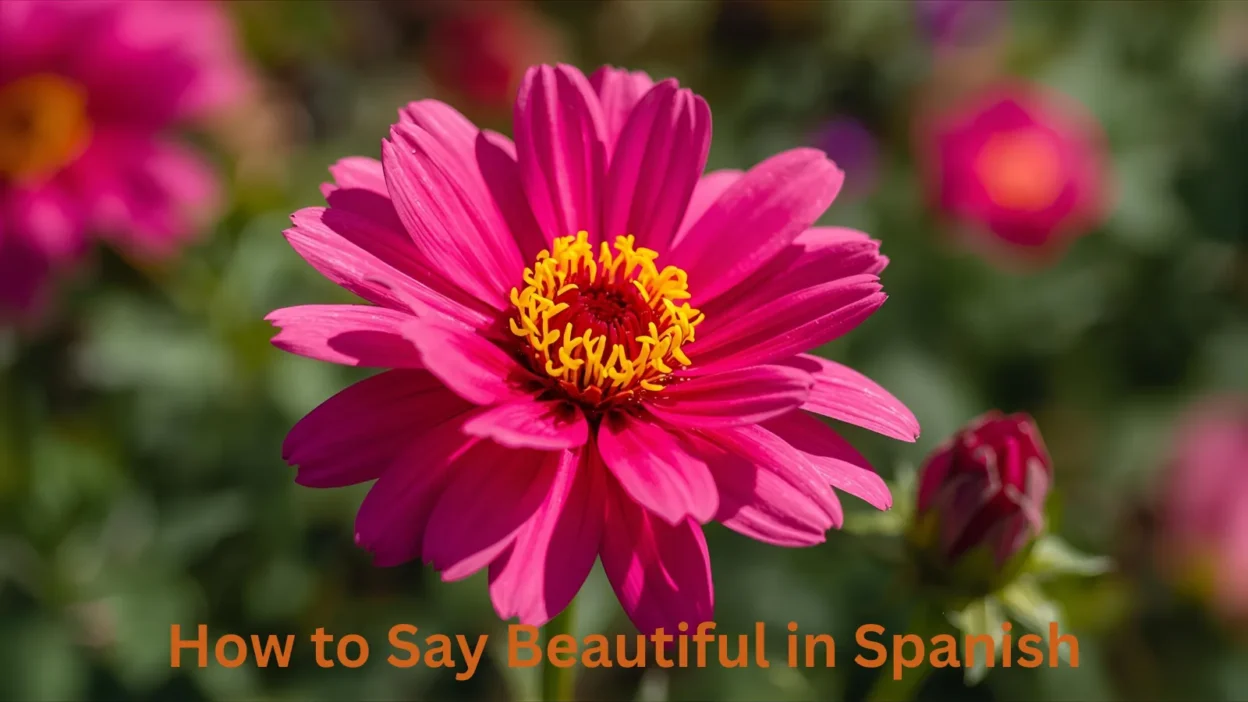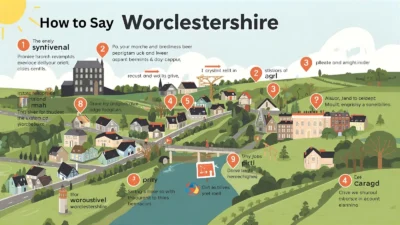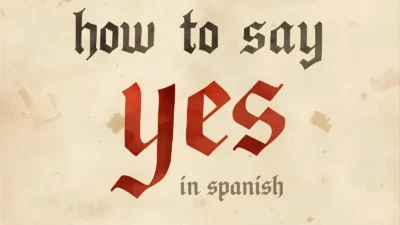Learning how to say beautiful in Spanish is a fun and useful way to give compliments and express admiration. The most common word for beautiful is “bonito” for masculine and “bonita” for feminine. You can also say “hermoso/hermosa” or “bello/bella” for a stronger or more poetic way to say it.
Knowing these words will help you sound warm and kind when speaking Spanish. You can use them for people, places, or even things you find lovely. Using the right word makes your compliment sound more natural and heartfelt.
Say Beautiful in Spanish
💃 15 Ways to Say “Beautiful” in Spanish
| No. | Spanish Phrase | English Meaning | Context / Usage |
|---|---|---|---|
| 1 | Hermosa | Beautiful | Formal, poetic compliment |
| 2 | Bonita | Pretty / Beautiful | Common, casual |
| 3 | Bella | Beautiful | Formal, often romantic |
| 4 | Linda | Cute / Lovely | Warm, affectionate |
| 5 | Preciosa | Gorgeous / Precious | Romantic or poetic compliment |
| 6 | Guapa | Attractive / Pretty | Casual, often for women |
| 7 | Atractiva | Attractive | More formal or descriptive |
| 8 | Radiante | Radiant | Complimenting glow or happiness |
| 9 | Encantadora | Charming | Polite and elegant |
| 10 | Estupenda | Stunning / Wonderful | Strong admiration |
| 11 | Linda sonrisa | Beautiful smile | Specific compliment |
| 12 | Qué guapa estás | How beautiful you look | Casual, friendly |
| 13 | Eres divina | You’re divine | Romantic, strong admiration |
| 14 | Bello | Beautiful | Neutral, can be used for objects/places |
| 15 | Hermosísima | Very beautiful | Intensified, strong compliment |
Let’s explore 15 ways to say beautiful in Spanish, complete with dialogues and a peek into where each expression comes from.
1. Bonita (Pretty / Beautiful)
Origin:
“Bonita” comes from the root bueno (good) and is one of the most common ways to describe something or someone as pretty.
Example:
👤 User A: Tu hermana es muy bonita.
👤 User B: ¡Gracias! Ella se va a alegrar al oír eso.
Use: Polite and common; used for women, children, and things.
2. Hermosa (Gorgeous / Beautiful)
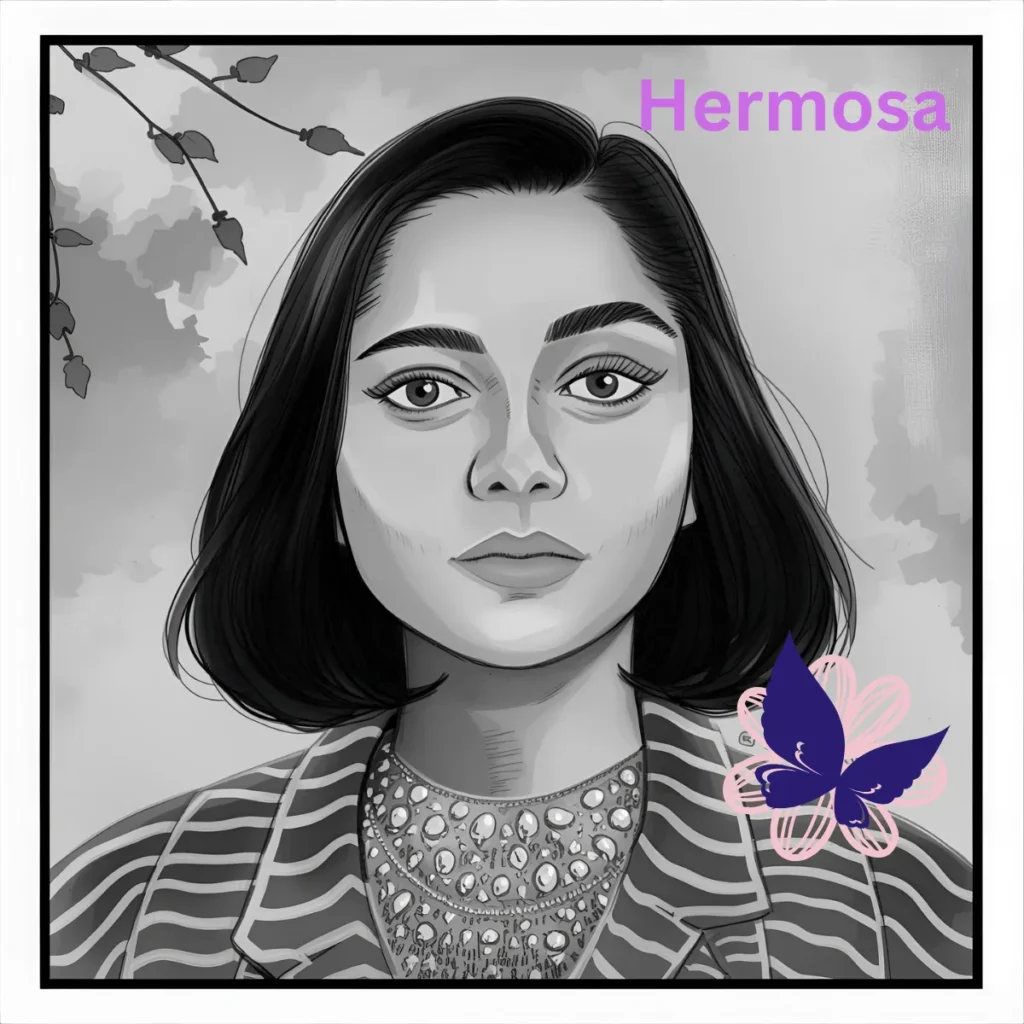
Origin:
Derived from Latin formosus, meaning finely formed or elegant. It’s often used in literature and poetry.
Example:
👤 User A: ¡Eres una mujer hermosa!
👤 User B: ¡Qué lindo eres! Gracias.
Use: Romantic or poetic; slightly more elevated than bonita.
3. Linda (Lovely / Cute)
Origin:
From Portuguese influence, “linda” is widely used in Latin America and parts of Spain. It means lovely, sweet, or beautiful.
Example:
👤 User A: ¡Qué linda sonrisa tienes!
👤 User B: Ay, qué amable. ¡Gracias!
Use: Gentle and affectionate; also used to describe behavior.
4. Bella (Beautiful / Elegant)

Origin:
From Italian influence, “bella” is romantic and lyrical. Often found in songs and poetry.
Example:
👤 User A: Buenos días, bella.
👤 User B: Buenos días. ¡Qué galante eres!
Use: Romantic, artistic; more common in poetic or dramatic contexts.
5. Preciosa (Precious / Beautiful)
Origin:
From precio (price), it implies that something is both beautiful and valuable.
Example:
👤 User A: Esta joya es preciosa.
👤 User B: Es de mi abuela. ¡Gracias!
Use: Deep admiration; used for people, objects, or moments.
6. Guapa (Attractive / Good-looking)

Origin:
Popular in Spain, “guapa” can mean beautiful, confident, or even tough depending on tone and context.
Example:
👤 User A: ¡Hola guapa! ¿Vas a salir esta noche?
👤 User B: Sí, con unas amigas. ¡Gracias!
Use: Informal and flirty; used commonly in Spain.
7. Chula (Cute / Cool / Pretty)
Origin:
In Spain, “chula” means pretty or bold. In Mexico, it can mean darling or lovely — though it may sound cheeky in some areas.
Example:
👤 User A: Te ves muy chula con ese vestido.
👤 User B: ¡Qué bien que te guste!
Use: Regional; playful and upbeat.
8. Atractiva (Attractive)
Origin:
Direct translation of “attractive,” used more in formal or descriptive contexts.
Example:
👤 User A: La presentadora es muy atractiva, ¿no?
👤 User B: Sí, tiene mucho estilo.
Use: Formal, respectful, often used in media or professional settings.
9. Radiante (Radiant)
Origin:
From Latin radiāre, meaning “to shine.” Describes someone glowing or dazzling.
Example:
👤 User A: Hoy estás radiante.
👤 User B: ¡Debe ser el nuevo maquillaje!
Use: Elegant and expressive; often used to describe a woman on her wedding day or a joyful moment.
10. Encantadora (Charming / Enchanting)
Origin:
From the verb encantar, meaning “to enchant.” It expresses a magnetic beauty.
Example:
👤 User A: ¡Eres encantadora, como siempre!
👤 User B: ¡Qué halago! Gracias.
Use: For people with charm, grace, and inner beauty.
11. Deslumbrante (Stunning / Dazzling)
Origin:
From lumbre (light/fire), it literally means “blinding” in a beautiful way.
Example:
👤 User A: ¡Estás deslumbrante esta noche!
👤 User B: Me haces sonrojar… ¡Gracias!
Use: Powerful compliment; used for dramatic or showstopping beauty.
12. Cautivadora (Captivating)
Origin:
From cautivar (to captivate), this word implies someone has a beauty that holds your attention.
Example:
👤 User A: Tienes una mirada cautivadora.
👤 User B: ¡Vaya! Eso no me lo habían dicho antes.
Use: Often used in romantic or poetic descriptions.
13. Monísima (Super cute)
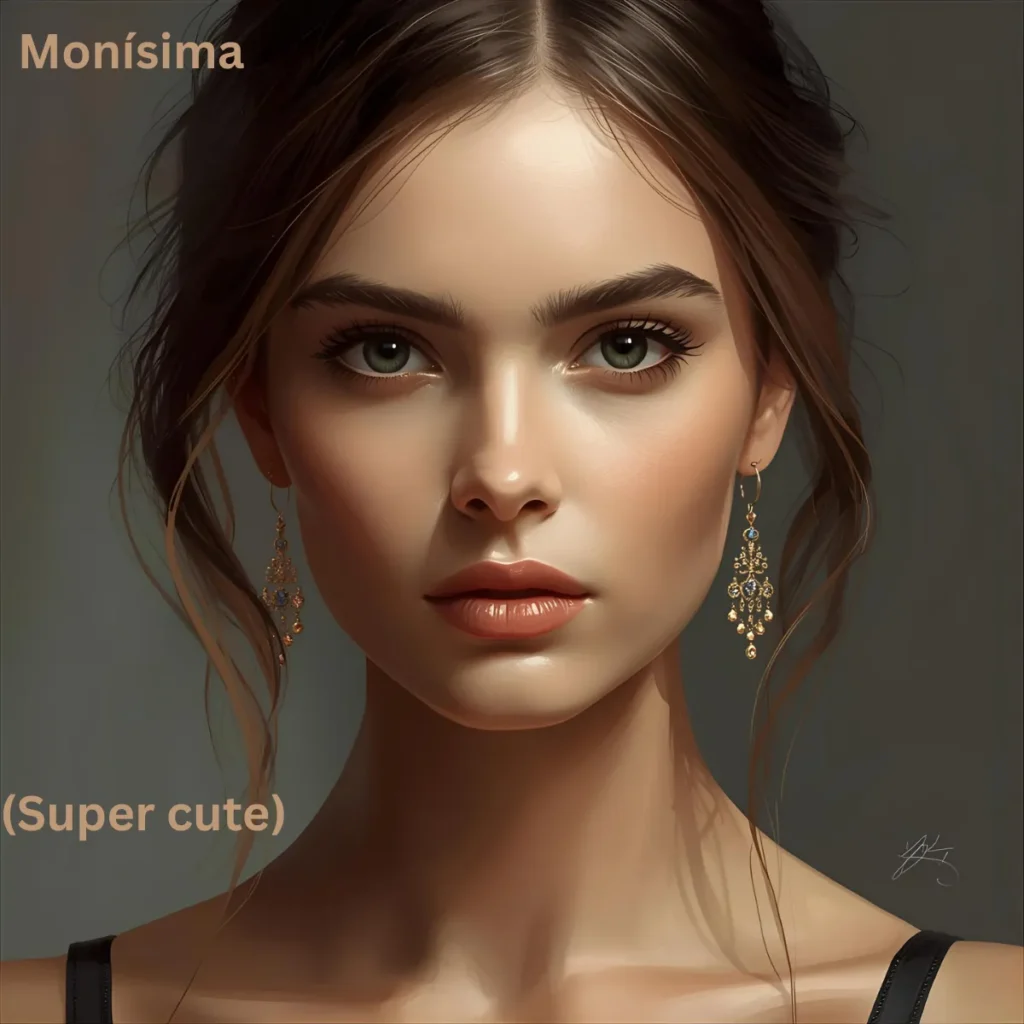
Origin:
A superlative form of mona (cute), “monísima” means extremely cute or darling.
Example:
👤 User A: ¡Esa bebé está monísima!
👤 User B: ¡Es mi sobrina! Gracias.
Use: Used for babies, animals, or very adorable people or things.
14. Estás divina (You look divine)
Origin:
“Divina” means divine — suggesting beauty that’s almost heavenly. Common in fashion and glam circles.
Example:
👤 User A: ¡Estás divina en esa gala!
👤 User B: ¡Ay, gracias! Me arreglé mucho.
Use: Stylish, dramatic, and often used in Latin America.
15. Una diosa (A goddess)
Origin:
Literally “a goddess,” this phrase lifts someone to mythological levels of beauty.
Example:
👤 User A: Pareces una diosa con ese peinado.
👤 User B: ¡Wow! ¡Qué cumplido más grande!
Use: Intensely complimentary; used with admiration and passion.
FAQs
1. What is the most common word for “beautiful” in Spanish?
The most common word is “bonito” (for masculine) and “bonita” (for feminine).
2. How do you pronounce “bonito” and “bonita”?
They’re pronounced bo-NEE-toh and bo-NEE-tah.
3. What’s another way to say beautiful in Spanish?
You can also say “hermoso/hermosa” or “bello/bella.” Both sound more elegant or poetic.
4. What’s the difference between “bonita” and “hermosa”?
“Bonita” means “pretty” or “cute,” while “hermosa” means “truly beautiful” or “gorgeous.”
5. Can I use these words for both people and things?
Yes! You can describe a person, a place, or even an object as “bonito” or “hermoso.”
6. What is a romantic way to say someone is beautiful?
You can say “Eres hermosa” (You’re beautiful) or “Eres preciosa” (You’re lovely).
7. How do you say “You look beautiful” in Spanish?
Say “Te ves hermosa” or “Te ves muy bonita.”
8. Is “lindo/linda” also used for beautiful?
Yes! “Lindo/linda” means “cute” or “pretty” and is common in Latin America.
9. How do you say “beautiful girl” in Spanish?
You can say “chica bonita” or “mujer hermosa.”
10. What’s a polite way to compliment beauty in Spanish?
Use “Qué hermosa eres” (How beautiful you are) — it sounds kind and respectful.
Conclusion:
Knowing how to say beautiful in Spanish allows you to express admiration in a deeper, more authentic way. With words ranging from casual compliments like bonita to more poetic expressions such as preciosa or linda, you’ll have the right phrase for every situation. Using these variations not only enriches your Spanish but also makes your compliments more personal and memorable. 🌹
